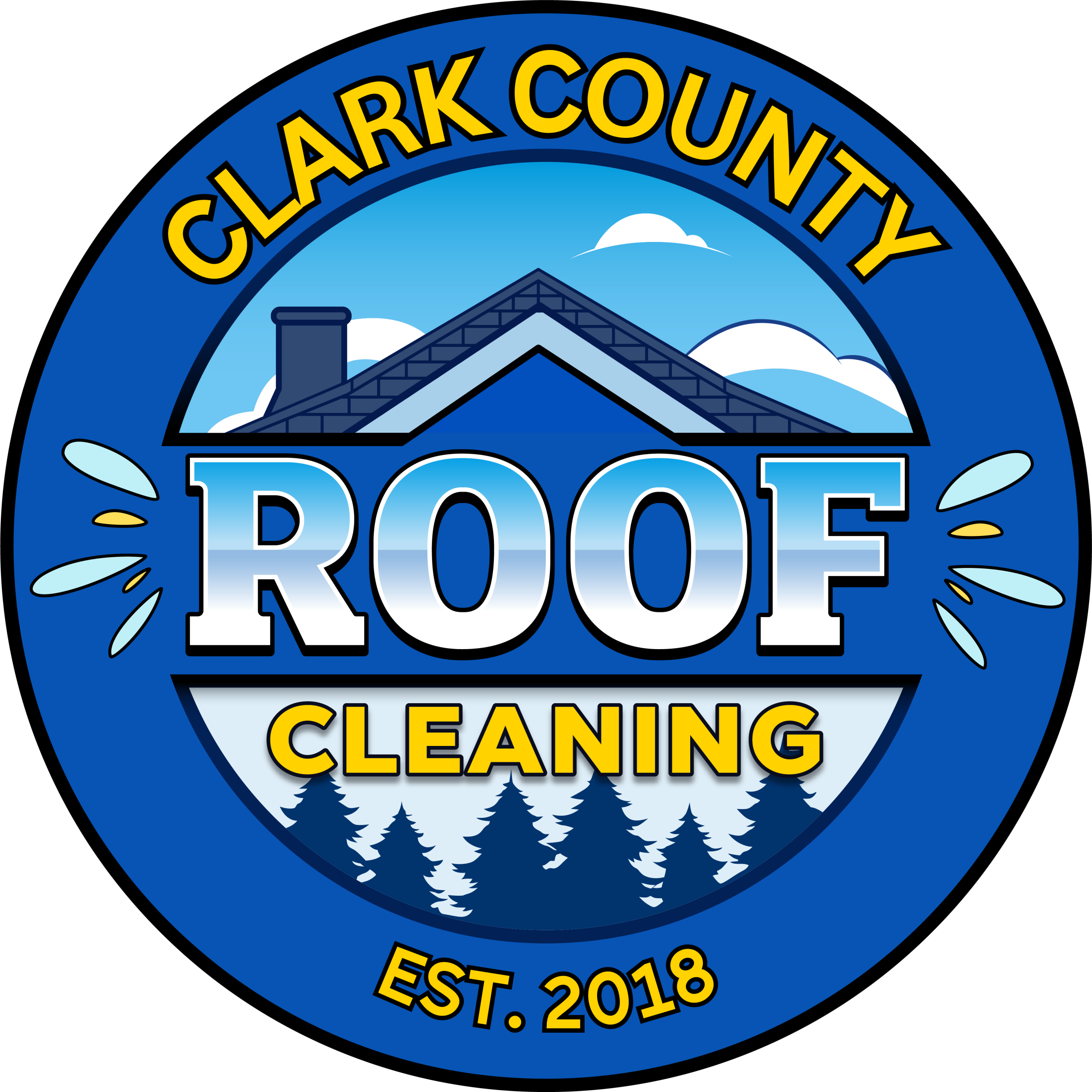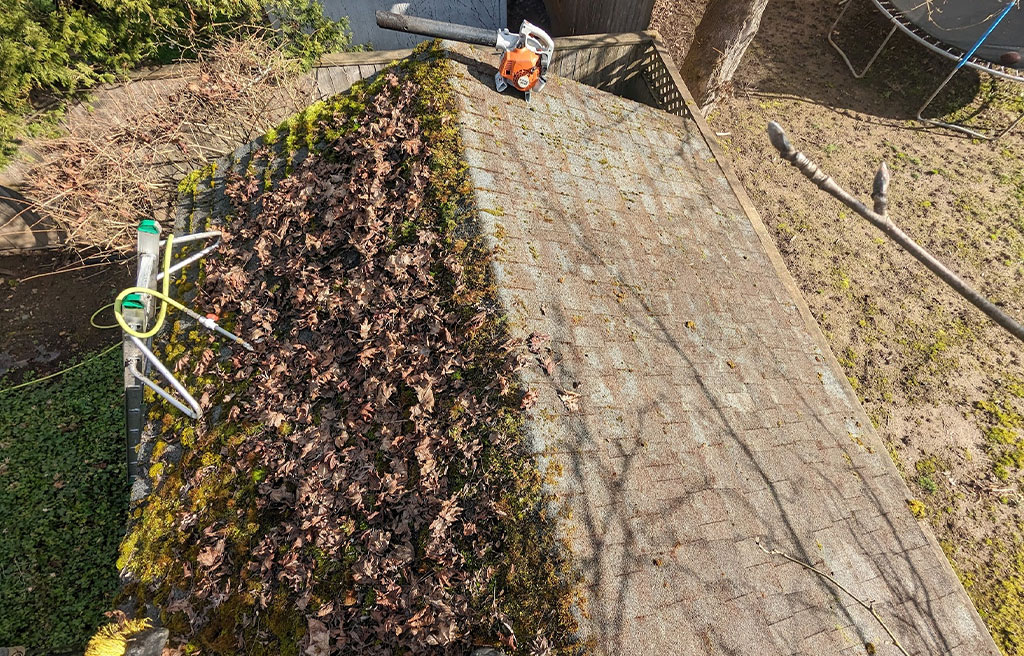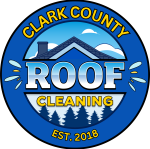The Pacific Northwest, encompassing regions like Oregon, Washington, and British Columbia, is renowned for its lush, green landscapes. This verdant scenery is largely due to the region’s unique climate, characterized by mild, wet winters and cool, dry summers. These conditions create an ideal environment for moss to thrive. The combination of high humidity, frequent rainfall, and ample shade from the dense forest cover allows mosses to grow prolifically on a variety of surfaces, including trees, rocks, and even man-made structures like roofs and walls.
Moss is a simple, non-vascular plant that absorbs water and nutrients directly through its leaves. Unlike most plants, mosses do not have a root system, which means they can grow on surfaces where other plants cannot, such as bare rock or roof shingles. The Pacific Northwest’s climate provides the perfect habitat for mosses because they need constant moisture to survive. The frequent rain showers keep the environment damp, while the shaded areas, often provided by tall trees, protect the moss from direct sunlight that could dry it out.
In Washington State, particularly, the combination of these factors results in extensive moss growth. The state’s western side, including areas like Seattle and the Puget Sound region, receives significant rainfall annually. This moisture, combined with the region’s mild temperatures, creates an optimal environment for moss. Additionally, the abundance of evergreen forests contributes to the shaded, humid conditions that mosses favor.
The prolific growth of moss in the Pacific Northwest is both a blessing and a curse. While it contributes to the region’s natural beauty, it can cause issues for homeowners, particularly when it comes to maintaining roofs. Moss can cause several problems if it grows unchecked on roofs. Firstly, moss retains moisture, which can lead to the degradation of roofing materials over time. This moisture retention can cause wooden shingles to rot and asphalt shingles to deteriorate more quickly. As moss grows, its root-like structures can penetrate and lift shingles, creating gaps where water can seep in, potentially causing leaks and water damage to the roof and underlying structure.
Moreover, moss can add significant weight to a roof. While this might not seem like a major issue, the additional weight can stress the structural integrity of the roof, especially during heavy rain or snow. The combination of moss and water can become particularly burdensome. Moss also creates a rough surface on the roof, which can trap debris like leaves and twigs. This debris accumulation can further exacerbate moisture retention and create a breeding ground for other plant growth or pests.
Given these potential issues, it is crucial for homeowners in the Pacific Northwest, especially in Washington, to treat and maintain their roofs regularly. Regular maintenance helps prevent moss from becoming established and causing damage. Here are some essential steps for maintaining a moss-free roof:
1. Regular Inspection: Homeowners should inspect their roofs regularly, especially during and after the wet seasons. Identifying moss growth early can make it easier to address before it becomes a significant problem.
2. Cleaning: Removing debris, such as leaves and twigs, from the roof, can prevent moss from taking hold. Using a leaf blower or a soft broom can help keep the roof clear.
3. Trimming Overhanging Branches: Reducing shade by trimming branches that overhang the roof can help reduce moss growth. Sunlight helps keep the roof dry, making it less hospitable to moss.
4. Chemical Treatments: There are various commercial products available that can kill moss and prevent its regrowth. These treatments often contain zinc or copper compounds, which are toxic to moss. However, it’s essential to use these products carefully to avoid damage to the roof or the environment.
5. Professional Cleaning: For extensive moss growth, it might be best to hire professionals. They have the expertise and equipment to remove moss without damaging the roof.
6. Preventive Measures: Installing zinc or copper strips along the roof ridge can help prevent moss growth. When it rains, these metals leach out small amounts of zinc or copper, which are toxic to moss and inhibit its growth.
In summary, the Pacific Northwest’s unique climate fosters an environment where moss thrives, contributing to the region’s lush landscapes but posing challenges for homeowners. Regular roof maintenance is essential in areas like Washington to prevent the damage and structural issues that moss can cause. By staying vigilant and taking preventive measures, homeowners can protect their roofs and ensure they last longer despite the region’s moss-friendly conditions.


